Sunday 28 September
The Low Isles are a Marine National Park Zone. Day visitors can come to the island via a number of commercial operators. There is a lagoon where private vessels can moor or anchor overnight, but there is no overnight accommodation on the island. There is a weather station, a lighthouse and the University of Queensland's research station.
There are two islands - Woody Island and Low Island, but it is to Low Island that the visitors come. Low Island is a "typical" tropical island - just like you see on the movies. It is a smaller vegetated, sandy, coral cay surrounded by 55 acres of reef.
Low Isles Map
No fishing is allowed in the lagoon or within a buffer zone around the islands.
Personal Palms
There are several shady palms - you get your own personal palm. One had two maroon chairs which are "reserved" the the crew - the Skipper and the First Mate!
Around The Island
I did a nature walk around the island. Low Isles are low, wooded islands, an island type unique to the GBR. The story begins around 7,000 years ago.....
As rising sea slowly covered the top of an ancient reef, dead corals were swept onto the reef flat. Heavy fragments settled on the windward side, building up a barrier. Mangrove seeds established in behind the barrier and Woody Island was formed.
Finer coral fragments were blown onto the sheltered corner of the reef flat. A low sandy cay emerged - Low Island.
Shady Trees
With their heavy cloak of vegetation, the islands are home to many birds - Osprey, Varied Honeyeater, Pied Imperial Pigeon, Sooty Oyster, White-Breasted Woodswallow, Mangrove Kingfisher.
Palms
In 1992 local people mindful of their neighbourly responsibilities, formed the Low Isles Preservation Society to protect Low Isles and promote reef research and education.
Many years of habitation has left its mark on Low Island - coconuts are more plentiful than on a "pristine" cay and exotic plants bear witness to diligent gardening by previous residents. Some exotic plants brought to the island include Singapore Daisy, Frangipani and Hibiscus. Today, Low Island is managed to prevent further imapacts, especially from visitors to this special place.
Low Isles Lighthouse
The Low Isles tower (1878) was constructed on a timber frame with a galvanised sheath in the typical Queensland fashion, and it was the first to have porthole windows. . Attached to the top was a 1.5m diameter lantern manufactured by Chance Bros of Birmingham, England.
A timber staircase gives access to the lantern room. The tower was painted white with a red dome. All the buildings were prefabricated elsewhere and transported and assembled on site.
The final cost of the lightstation was: capital cost of buildings - £4,090, cost of optical apparatus- £1,389. The island the tower is now controlled
by Queensland Parks and Wildlife.
Lighthouse
The Low Isles Lighthouse is on a low flat coral cay surrounded by thick vegetation. You can read further information and history here.
Research Station
The University of Queensland's Low Isles Research Station was previously the assistant lighthouse keeper's house. The research station consists of one house only, with good laboratory facilities located below, and can accommodate a maximum of 6 scientists.
Low Isles Research Station works closely with the ecotourism vessel Undersea Explorer, supporting quality research projects, promoting field work opportunities for University students and providing an exciting and stimulating reef adventure for scientists and students.
Shed
The shed is part of the research station.
Island View
Back to where I started. It was lovely strolling around the island - no noise save for the sound of birds and the leaves rustling in the gentle breeze. No smelly polutants, just clean, fresh air with the sun on your face and a feeling of timelessness.
Tropical Far North Queensland
This is about my holiday from Cairns to
Laura, on the lower Cape York Peninsula from
September 2008 to October 2008. Going from Melbourne to Cairns to Port Douglas, to Cooktown and Laura, Cape Tribulation and all the bits in between, and finally back to Cairns for my flight home.
Cheers.
Laura, on the lower Cape York Peninsula from
September 2008 to October 2008. Going from Melbourne to Cairns to Port Douglas, to Cooktown and Laura, Cape Tribulation and all the bits in between, and finally back to Cairns for my flight home.
Cheers.
Drive The Daintree

Subscribe to:
Post Comments (Atom)













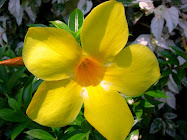






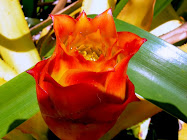
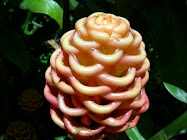
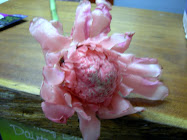

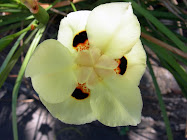


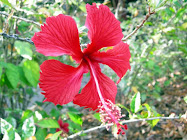
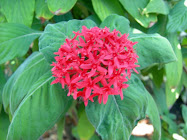
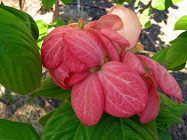
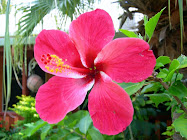
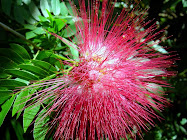
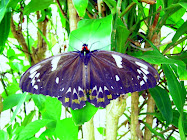
No comments:
Post a Comment